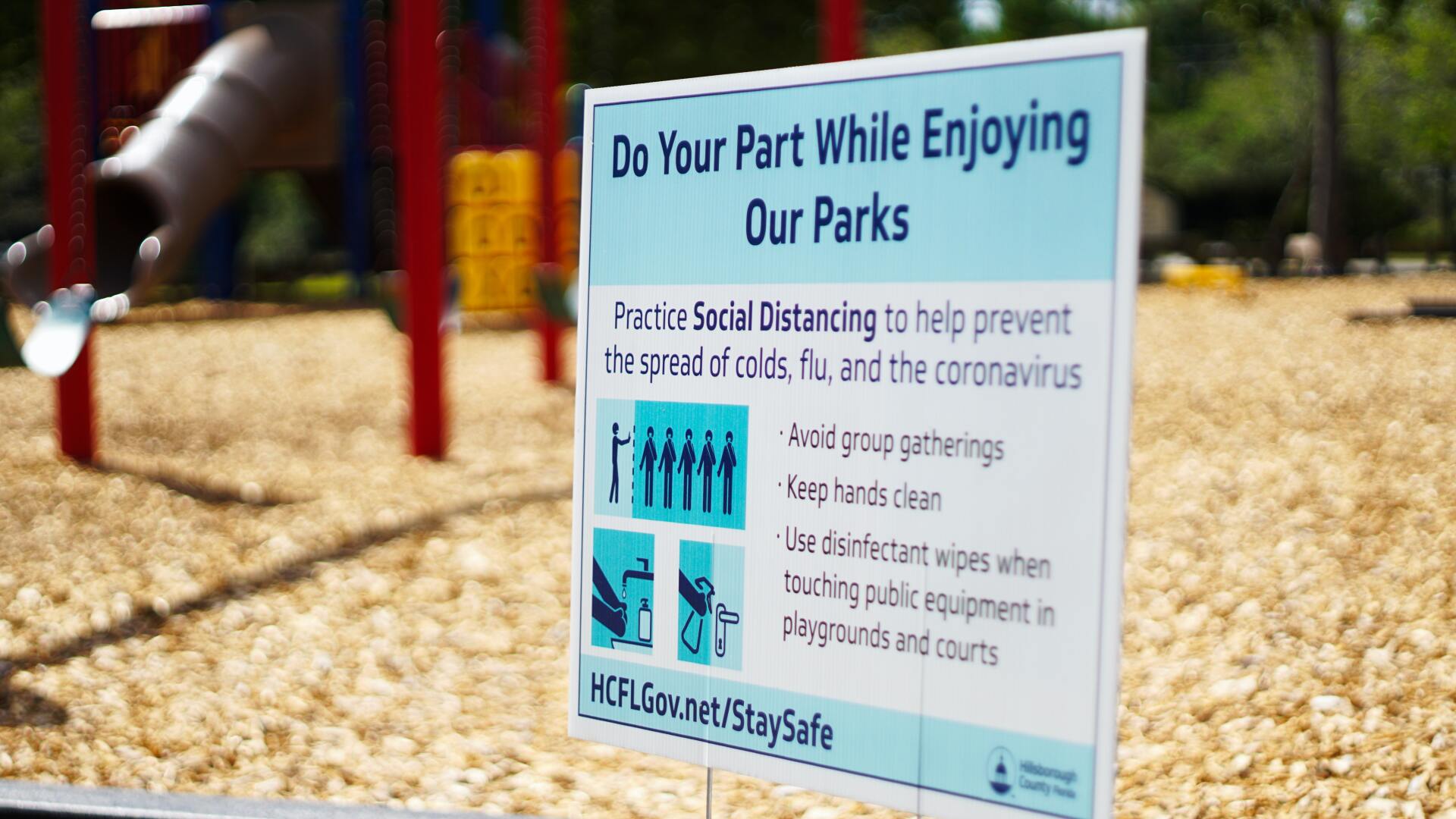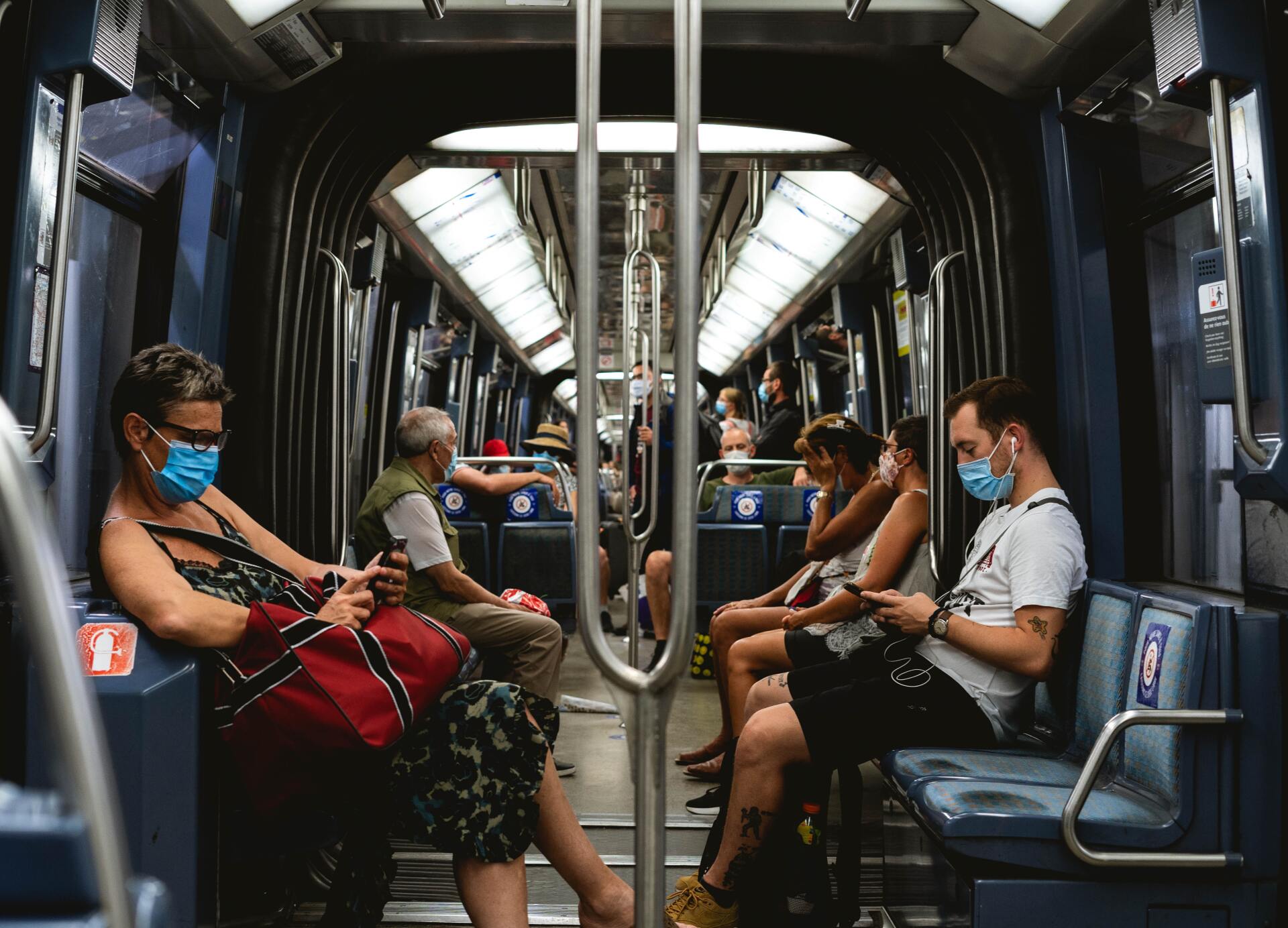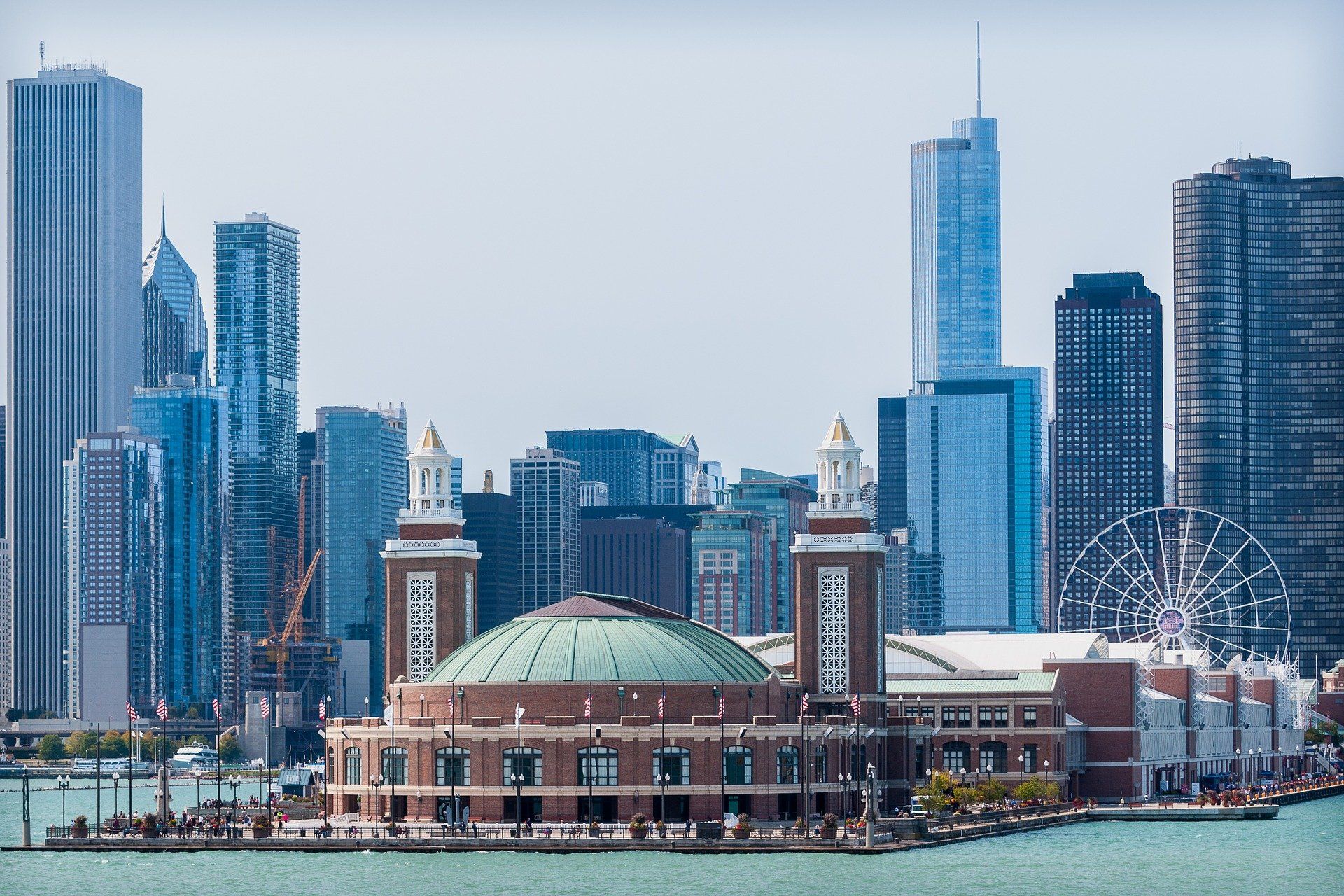Finding a Space of Your Own…Together
New Tech Solutions Help Manage Shared Urban Spaces During COVID and Beyond
“The people that I liked and had not met went to the big cafes because they were lost in them and no one noticed them and they could be alone in them and be together.” ― Ernest Hemingway, A Moveable Feast
Would you decide to visit a
different park if you knew your favorite picnic spots were taken? Or take a
different bus route to get a seat on your way to work? As a business owner,
would you change the layout of your store to provide a better experience for your
customers?
COVID-19 has raised the stakes
for managing shared spaces, but the importance – and value – of proactive capacity
management predates the coronavirus and is certain to outlive it.
Even before fluctuating lockdowns
and restrictions on public gatherings, it was difficult to predict just how
busy shared spaces might be. From public
transit, to parks, to entertainment venues and public buildings, facility operators
must manage a delicate balance of safety, compliance, comfort, and visitor
experience. Public and semi-public spaces face the complex task of monitoring
real-time occupancy and using visitor behavior to inform facility design,
management, and operations. In the case of public transportation, service
changes and fluctuating rider schedules pose unique risks and operational
challenges.
Successfully reopening the public
realm calls for technology, design, and policy solutions as well as strong communications
and engagement to enable informed, responsible choices.
Fortunately, existing technology
offers the raw capabilities to inform smarter facility management and user
behaviors; integrating these with lower-cost, lower-tech capabilities will create
more comprehensive solutions to manage capacity. Many spaces already have the
necessary foundation to build these solutions.
- Automated monitoring and analytics such as sensors and cameras can help identify crowding and other potential health risks
- Facility design and operations can provide tactical physical and operational design strategies that are low-cost and low-tech to control access to and crowding within public spaces
- Actionable information-sharing can inform decision making, encourage healthy behaviors, and improve user experience through real-time communication prior to and upon arrival at a space
These tools can help cities manage
capacity to improve the health and experience of visitors no matter the size or
type of space.
Building on these tools, we are
tackling capacity management challenges in shared complex spaces, outdoor
spaces, and on transit through scalable solutions and creative collaboration.
City Tech and our partners are approaching
capacity management through four interrelated strategies to integrate existing
assets and advanced technologies to improve short-term operations while
building a foundation for continued innovation:
1. Data Collection & Analytics
First, we must have the tools to create, manage, and analyze capacity data. Creating a real-time and predicted picture of space capacity and, more importantly, density, allows for improved, dynamic operations as well as health-focused customer engagement. Using data to understand how people move through space sets the baseline for additional solutions.
2. Flexible Trip Planning
Equipped with this data,
organizations can create communications, data-sharing, and privacy guidelines
to help visitors better plan their trips and make decisions before they arrive.
Although this data will be most immediately useful in addressing social
distancing, these same tools can help us answer the questions we had before the
pandemic: will I get a seat on the train this morning? Is there enough space on
the bus for my baby stroller? Is the beach too crowded, and is there another
less-crowded option nearby?
Thus far, we have relied on businesses
and space managers to minimize capacity and density; flexible trip planning
apps and communications empower individuals to participate in this process
before they even leave their homes. As we noted in an earlier roundtable on managing
transit congestion, however, this shift must be a large-scale behavior change.
3. Physical & Operational Design Changes
Once people have arrived, space managers need a way to provide cues to better manage the capacity and flow of visitors in any given space; this becomes especially important in complex indoor spaces. After analyzing patterns, managers might decide to change the physical space of an area, such as limiting entry options or changing the direction of foot traffic; perhaps a grocery store changes an aisle layout to avoid bottle necks. This data can also inform non-design behavioral cues; is one museum exhibit gathering too many people? Timing the opening of another room may help move people along. Taking feedback from these changes can help predict behavior and more proactively manage visitor flow and safety without sacrificing the quality of the experience.
For transit operators, predictive data and proactive demand modeling will help transit agencies make service decisions quickly – such as adding or holding vehicles on a route, or only dropping off passengers once they have reached capacity – thus providing a better and safer experience for riders.
4. Civic Engagement
Data collection, new trip planning options, and physical and operational design changes will all have a direct impact the public. Public-facing technology must serve all residents and be as accessible and as user-friendly as possible. City Tech deploys a broad resident engagement strategy to gather feedback on the design, development, and deployment of new technologies, which will be especially critical as we transition from COVID-specific capacity responses to long-term innovation.
Looking Forward
Although coronavirus is to blame
for many of our concerns about capacity in indoor spaces, outdoor spaces, and
on transit, it has also encouraged innovation to long-term concerns. Building
on cities’ current assets and implementing new solutions will not only manage
space capacity and density to address health concerns, but they will also solve
lingering problems and provide a better experience for visitors overall. Some might
take a big shift – such as planning and adjusting your trip based on
crowdedness – while others behavioral cues you might not even notice.
Read more about City Tech's capacity management work here.
About the Author:
Laura
Vecchetti is the Communications and Grants Associate at City Tech
Collaborative. As a member of the Partnerships and Communications Team, Laura
works to connect City Tech with the community. Prior to joining the team, Laura
was the Development and Communications Coordinator at Nexus Onarga Academy, a
national nonprofit providing specialized mental health services for children,
youth, and families, where she helped secure funding for therapeutic programs.
In all her roles, Laura enjoys elevating nonprofits’ missions through
connection and storytelling. Laura holds a bachelor’s degree in Public
Relations from Bradley University.
About City Tech Collaborative
(City Tech):
City Tech is an urban solutions accelerator that tackles
problems too big for any single sector or organization to solve alone. City
Tech’s work uses IoT sensing networks, advanced analytics, and urban design to
create scalable, market ready solutions. Current initiatives address advanced
mobility, healthy cities, connected infrastructure, and emerging growth
opportunities. City Tech was born and raised in Chicago, and every city is a
potential partner. Visit www.CityTech.org
and
follow us on Twitter
and LinkedIn.


